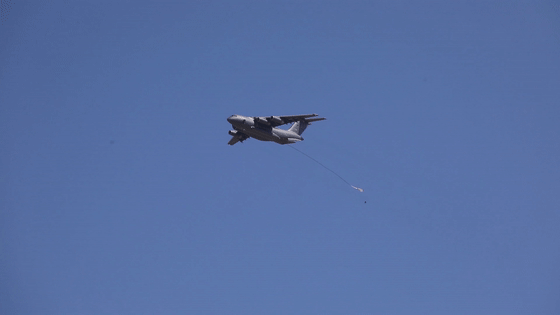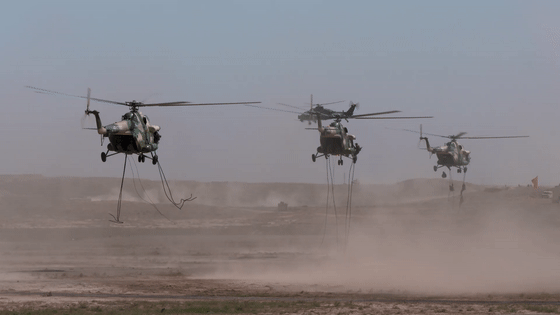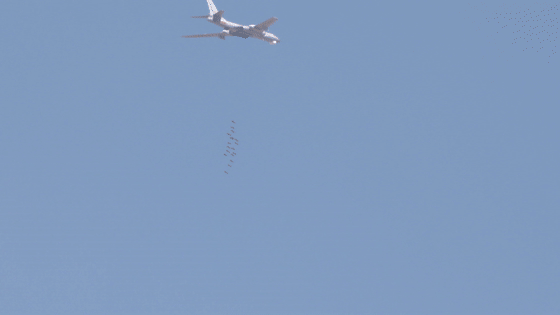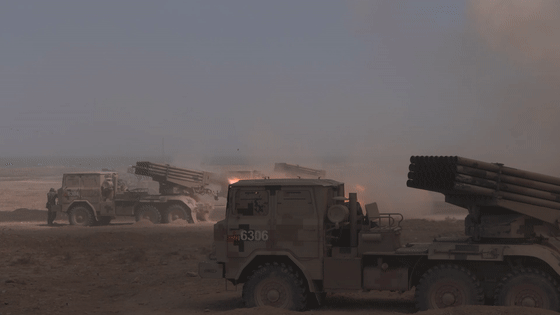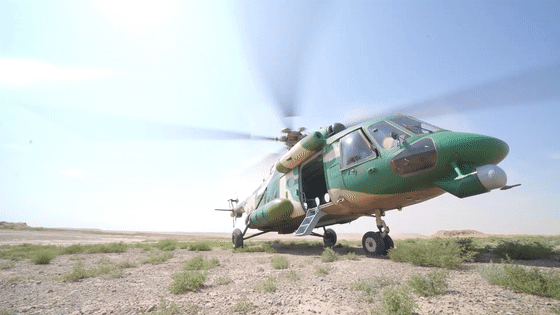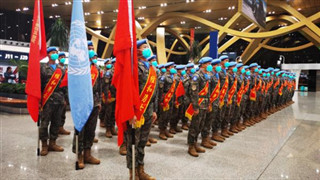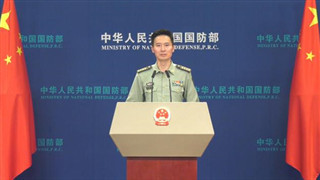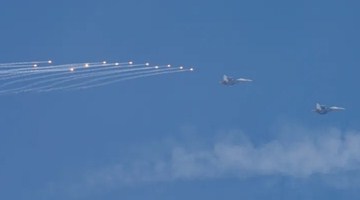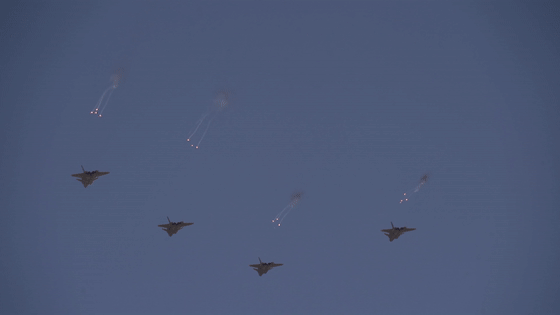
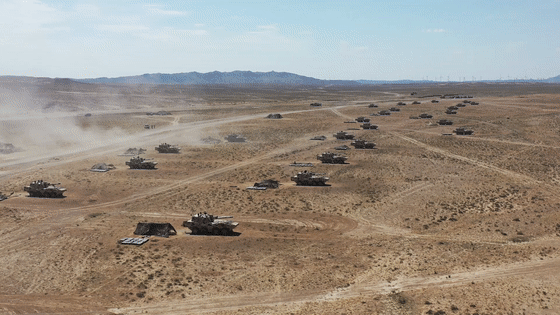
BEIJING, Aug. 16 -- Exercise ZAPAD/INTERACTION-2021 entered the final stage–---the live-fire exercise on August 13. During the drill, the Chinese and Russian participating forces carried out joint counter-terrorism operations focusing on responding to traditional security threats. New forces and asymmetric combat methods were used to form a powerful joint strike capability against the mock enemy. In this drill, more than 10,000 soldiers, 200-plus armored vehicles, and over 100 aircrafts from both side were invovled.
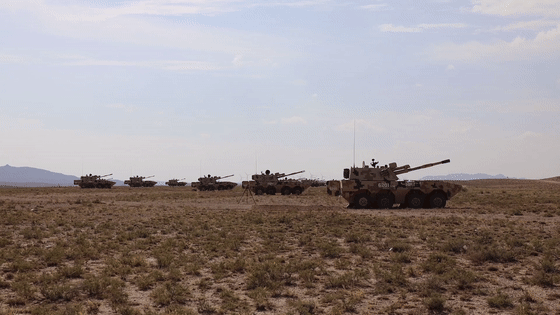
At the beginning of the drill, four J-20 fighter jets took off, followed by two JH-7 bombers to carry out airstrikes on the forward command post and air observation post of the "enemy".
The air defense group fired all types of missiles with precision guidance to intercept the “enemy” drone swarm. The army aviation combat group assaulted at ultra-low altitude, collaborating with the artillery force. The China-Russia air force joint formation consisting of the J-11, J-16, and Su-30CM simultaneously launched joint airstrike operations.
The Chinese and Russian participating troops used the specialized commanding information system in the joint three-dimensional assaults involving the air force, army aviation, artillery and infant troops, which greatly improved the systematic combat effectiveness.
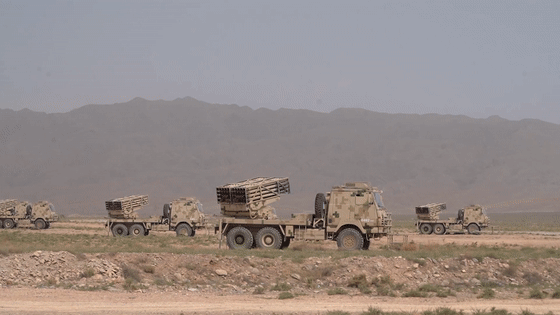
It is learned that the new weapons and equipment put in this drill accounted for 81.6 percent. In a range of six kilometers in the front and seven kilometers in depth, the air force aviation, army aviation, ground armored artillery, and air defense forces carried out simultaneous assaults alternatively in six levels of altitudes. In 45 minutes, 265 tons of ammunition were fired with an average firepower density of 228 rounds per minute and peak firepower of 364 rounds per minute.
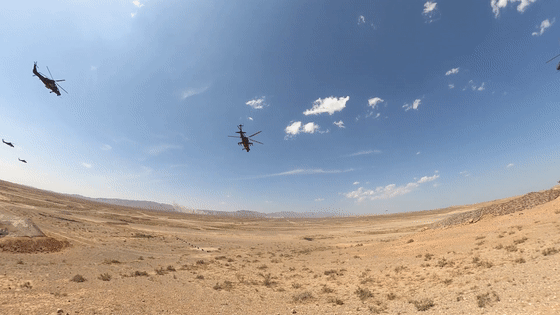
The exercise also spotlights tactical innovations. For example, the Y-20 transport aircraft were used for parachuting with a full load for the first time. Parachuting at multiple doors at the same time and three heavy equipment parachuting at a time shortened the time in the air and improved the timeliness of airborne operations. During the joint operations, the China-Russia special forces are mixed in groups to break obstacles, which is more in line with the mission requirements of the future joint operations of the two sides.
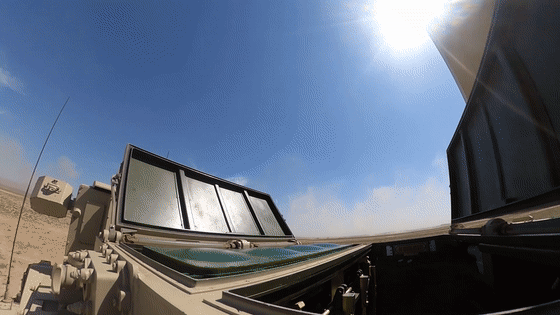
Li Shuyin, a researcher at the War Studies College of the Academy of Military Sciences of the Chinese PLA and an expert on Russian military issues, believes that the joint drill is of great significance to the two armed forces. First of all, the Russian military has more experience in actual combat, their counter-terrorism operation tactics are more flexible and applicable, and the Russian troops are more proficient in the use of counter-terrorism operation tactics, which are all worthy of learning by the Chinese military. The Russian military spoke highly of the level of equipment of the Chinese side, especially the IT application level of the equipment. At the same time, they also gave a thumbs up to the military competence and actual combat training of Chinese participating troops, Li added.
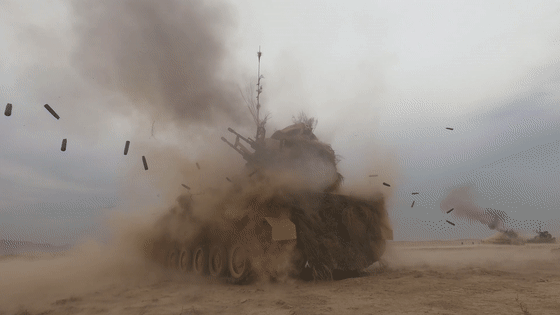
Li said that the PLA Northern Theater Command sent troops to participate in the Russian Vostok-2018 strategic military drills for the first time in 2018, which was actually the first test of China's newly-estsblished theater command system. She holds the view that in recent years, the Chinese PLA’s theater commands have adapted to the requirements of modern warfare in terms of both organizing strategic campaign exercises in their strategic directions and carrying out routine combat preparedness military operations, resulting in the continuously improved joint operational capabilities of the theater commands.
